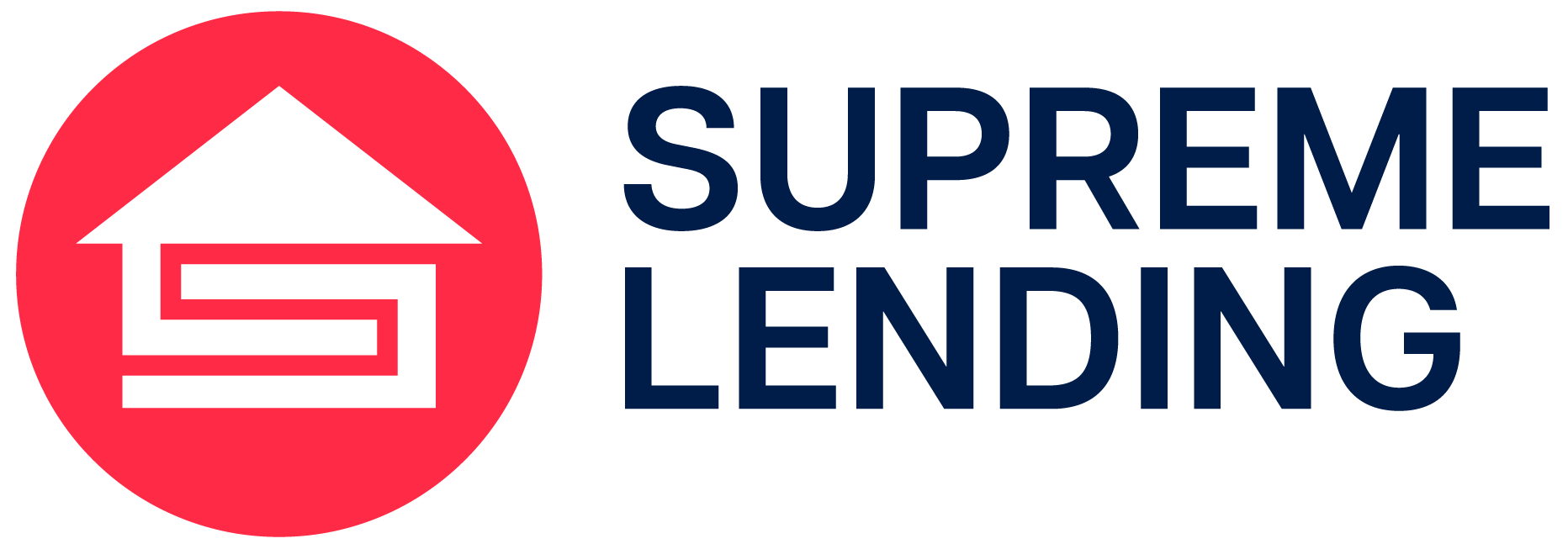
When homeowners think about tapping into the equity they’ve built in their property, a Home Equity Line of Credit, also known as a HELOC, may come to mind. This alterative transaction mortgage can be incredibly versatile and useful for eligible homeowners to access funds. However, it’s important to understand exactly what a HELOC is and how it works when deciding if it’s the right option for you. Let’s explore how you may benefit from using a Home Equity Line of Credit.
What Is a HELOC?
A Home Equity Line of Credit (HELOC) allows homeowners to borrow against the equity in their home, essentially turning part of their home’s value into cash. Unlike a traditional home loan, a HELOC functions similar to a credit card. Homeowners can borrow, repay, and borrow again up to a maximum credit limit. A HELOC is meant to use toward large expenses such as home renovations, tuition, or paying down other debts with higher interest.
How Does a HELOC Work?
A HELOC has a designated draw period, which is the time during which you can borrow money. This period is typically the first 10 years of a 30-year term. During this time, you’re only required to make interest payments on the amount you borrowed, which is significantly less than other loan types. Although, you may be able to pay down your principal with no penalty, which can result in lowering your minimum monthly payment.
After the draw period ends, the repayment period begins. This is when you can no longer draw money out and need to start paying back both the principal and interest of the loan. This new minimum payment will ensure the balance is paid in full by the maturity date. Interest rates on HELOCs are variable, meaning they change over time due to market conditions and set margins. As a result, the monthly payments can fluctuate.
Who Might Consider a HELOC?
HELOCs are a flexible financing option that may be attractive for homeowners who need access to funds for various reasons, including:
- Home Improvements. If you’re planning to remodel your kitchen, add an extension, or make other home renovation projects, a HELOC could provide the necessary funds.
- Pay Off High-Interest Debt. HELOCs often have lower interest rates than credit cards or personal loans, which makes them a good option to pay off other debts.
- Education Expenses. If you or your children need assistance paying for tuition, a HELOC may provide a helpful solution.
- Unexpected Expenses. A HELOC can also serve as a financial safety net for unseen expenses, such as medical bills or emergency repairs.
Supreme Lending HELOC Options
Did you know that Supreme Lending offers different types of HELOC programs? In addition to a standard HELOC, there is also a program specifically designed for home renovations, which uses the home value after improvements. There is also an option to tap into a line of credit on current investment properties.
HELOC Pros and Cons
Pros:
- Flexibility. You can borrow as much or as little as you need up to your limit during the draw period.
- Interest-Only Payments. During the draw period, borrowers have the option to only pay interest, which results in lower monthly payments compared to traditional loans.
- Potentially Lower Rates. HELOCs typically have lower interest rates than credit cards and personal loans, offering affordability.
Cons:
- Variable Rates. HELOCs have variable interest rates, which means they can change. If rates increase, so will the monthly payments.
- Risk of Foreclosure. When using a HELOC, you’re using your home as collateral. Therefore, if you default on the payments, you could risk losing your home.
- Potentially Overspend. Easy access to credit and funds may lead to overspending, which could put the home at risk.
HELOC vs. Cash-Out Refinance: What Is the Difference?
A cash-out refinance* is another way to tap into your home’s equity, but it works differently from a line of credit. With cash-out refi loans, you replace your existing mortgage with a new one for more than you currently owe. In turn, you receive the difference in cash. Explore when you may want to choose a HELOC or a cash-out refinance.
Key Differences
- Loan Structure. A HELOC is a revolving line of credit, while a cash-out refinance is a one-time lump sum.
- Interest Rates. Refinancing can offer fixed interest rates to maintain predictable, stable monthly payments. Unlike a HELOC, which involves variable rates.
When to Choose One Over the Other?
- HELOC. You may consider a home equity line of credit if you have ongoing expenses or projects that don’t need all the funds at once. For example, home renovations, you can use the funds on an as-needed basis.
- Cash-Out Refinance. This is best if you prefer a fixed-rate and want a large sum of money upfront instead of opening a line a credit.
Frequently Asked Questions
How much can I borrow with a HELOC?
The amount you can borrow depends on your home’s value, the amount you owe on your current mortgage, your credit score, and the program’s guidelines. Typically, you can borrow up to 85% of your home’s equity if you qualify.
Are there fees associated with it?
Yes! Similar to closing costs with traditional mortgages, there may be fees for a HELOC such as an application fee, appraisal cost, and potential annual fees.
Can I pay off a HELOC early?
Yes, most HELOCs allow for early repayment with no penalty costs. Be sure to confirm the details with your loan officer.
How does a HELOC affect my credit score?
A HELOC can impact your credit score depending on how you manage the credit line. Timely payments may boost your score, while missed payments can harm it.
Is it tax deductible?
Interest on HELOC loans may be tax deductible. Please consult with your tax professional for more details.
What happens if I sell my home?
If you have a HELOC and then sell your home, you’ll need to pay it off in full. You could use the proceeds of the sale toward the HELOC.
Ready to Unlock Your Home Equity Line of Credit?
A HELOC may be a strategic financial tool for homeowners needing to access funds. Whether you’re paying for home renovation projects, education, or other significant expenses, a line of credit offers flexibility when you need it. However, it’s crucial to weigh the pros and cons, understand potential risks, and compare your options.
Want to learn more about HELOCs or other mortgage services? Contact your local Supreme Lending branch. We’re ready to help!
*By refinancing an existing loan, total finance charges may be higher over the life of the loan.
